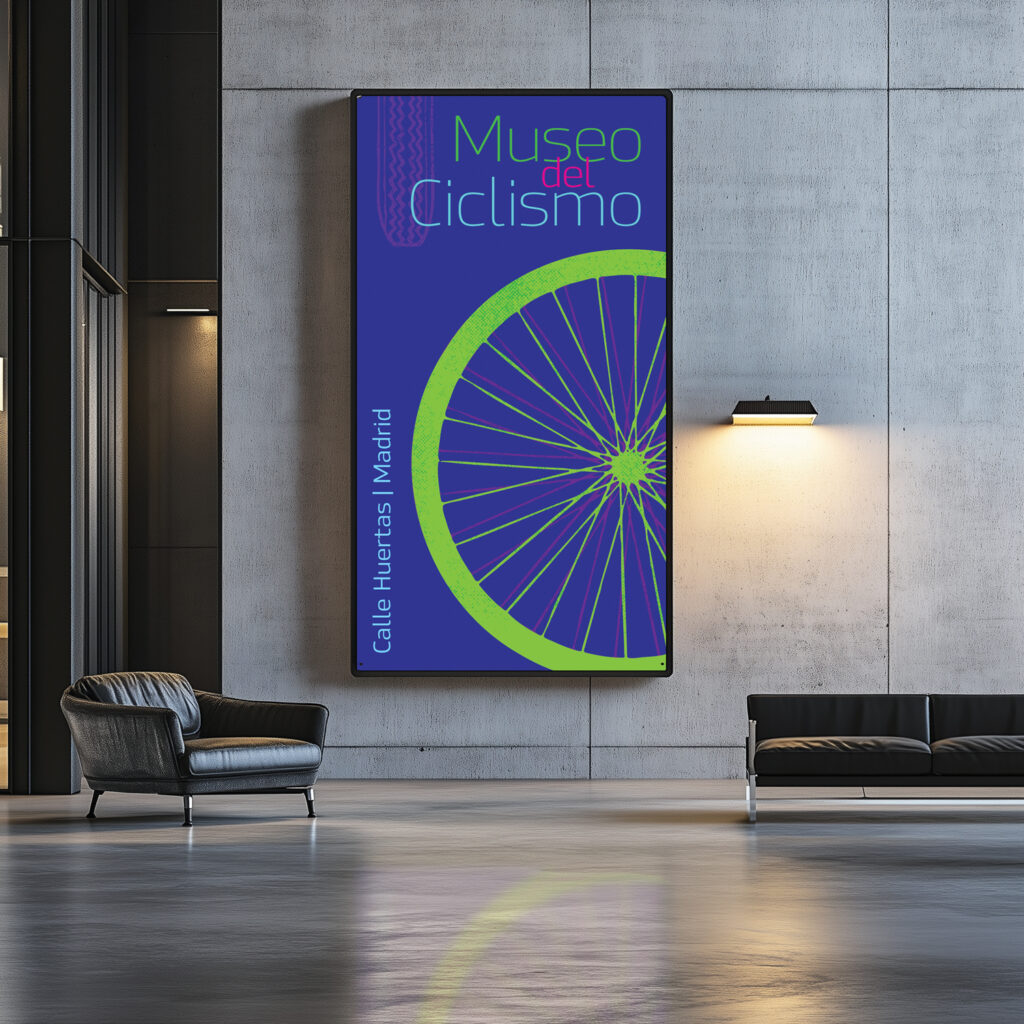
The textile industry is an international beast, subject to the effects of supply availability, sustainability, worldwide regulations and changing tariffs. Successful companies deal with those changes by being nimble, focusing on core strengths and planning for the years ahead.
Tariffs and de minimis
Glaser Mills, based in Huntington, N.Y., is a supplier that specializes in fabrics for companies that turn the cloth into flags and banners. Company president Mike Glaser is seeing the initial benefits of the government’s May 2025 suspension of the de minimis rule for some countries, including China. The exemption—which allowed overseas shipments valued at less than $800 to avoid tariffs and inspections—was removed for all countries in August. Glaser cites a flag manufacturers association spring report that estimates that prior to the closure of the de minimis loophole, American flags manufactured in China were responsible for about $4 million per month of lost sales for U.S. companies, looking at large-sized flags on Amazon alone. Glaser says he’s already seeing an uptick in sales.
Glaser Mills fabrics are manufactured domestically, but it imports components such as dyes and detergents that are not currently made in the U.S.
Ultraflex Systems Inc., headquartered in Riverview, Fla., works with international suppliers to create printable textiles for uses including signage and banners. Its international network has allowed the company to keep going mostly unaffected by tariffs. “We carry such high levels of inventory that we’re able to keep our customers’ needs met without having to scramble,” says Audrianna Manee, Ultraflex’s marketing manager.
“We were prepared, just kind of shifting focus and seeing where we could move things,” says Kylie Schleicher, Ultraflex’s director of product development. When it comes to keeping prices competitive, Schleicher says the decision-makers ask, “What country would be more beneficial? Do we look at sourcing more things from India or Korea or Cambodia or Thailand? Or do we focus on Europe or domestically?”

The influence of customer demand
At both Glaser Mills and Ultraflex, customer demand frequently drives product development.
Glaser says that the company is “constantly producing experimental, high-quality fabrics and making our customers aware of their existence.” The company also is ready to meet specific demands, producing small batches of fabrics dyed to match customer needs.
Ultraflex often modifies existing products to respond to a customer’s requests, changing qualities like white points and gloss level and making fabrics stronger to prevent tearing when in use.
“You create something that’s going to work for them,” says Schleicher. “And sometimes it catches on and becomes a whole product.”
Listening to customer feedback has led Ultraflex to create products that address issues common across its base. For example, its VorTex™ Backlit Event T202 is an uncoated backlit textile that circumvents the cracking that can occur with coating for sublimation, eliminating spiderweb-like distortion that can appear with more conventional backlits. And its VorTex Silverback Flag D150 is a fabric with a silver backing added to a traditional satin surface, eliminating the need to include a separate blockout liner.
“Anything to make somebody’s life easier or faster is better,” says Schleicher.

Market challenges
The domestic flag and banner market is at a crossroads, says Glaser. “There used to be all of these small businesses making products throughout the country,” he explains. “Now it’s really just a couple dozen that are left … we see a reduction in capacity in the industry.” He gives the (slightly exaggerated) example, “[If] one mill has a fire, half the country’s textile production is done.”
One of the ways Glaser Mills remains in business is to continue to focus on quality fabrics. “We make premium products for people who want to make top-of-the-line, high-quality products,” says Glaser. “And the reason we do that is because those are the brands that survive.”
Ultraflex’s main challenge is navigating the ever-changing international market. As raw material costs and tariffs change, the company is staying on top of the data and being as transparent as it can. “I think what we’ve learned is just to be as open and honest with our customers as possible so that they understand what we’re seeing and that we’re being truthful and they can trust us,” Schleicher says.
The future of fabric graphics
Where is the fabric graphics textile market heading? Ultraflex predicts more customization of products for customers, particularly for event installations and immersive experiences.
“There’s a lot of cool backlits,” says Schleicher. “Instead of just LED lights, they have so many different things you can do now to make them a little more interactive.” Look for motion graphics, fabric that physically moves up and down and motion-activated displays to become more common.
Even as things change, Schleicher is bullish on the future of the market. “I still think the fabric graphic [market] is a huge growing segment, whether it be architectural or the retail segments growing.”
Mike Glaser takes the long view. For all the new products that have been introduced to the market in recent years, fundamentals remain mostly unchanged—even if they look a little different than they did a century ago. Fabrics still need to be woven, and the dyes that color synthetic fabrics use the same chemical principles that have long been adhered to.
As for digital printing, it’s “dyeing fabric on a very, very, very small scale,” using a printer that’s not much different from office laser printers.
Ultraflex’s core business is printing graphics on fabric, so it’s crucial the company is on top of developments. The business works with major printer manufacturers to ensure its fabrics are compatible with the latest equipment. “They call us, [and] we send material for testing and kind of work on that together,” explains Manee.
Glaser says his company will continue to focus on top-tier products for manufacturers who prize quality. “If we have healthy customers, then we are healthy ourselves,” he says. “We think that the top of the market is really the way to go about doing that.”
Rose Auerbach is a writer and editor based in Los Angeles, Calif.
SIDEBAR: Standardizing the incorporation of recycled materials
With interest in sustainable fabrics on the rise, manufacturers are leaning into fabrics made with recycled materials.
Ultraflex Systems Inc. has expanded its recycled fabric line, ReSource™, made with Global Recycled Standard certified yarns. But Ultraflex’s commitment to sustainability isn’t limited to the final product. Kylie Schleicher, director of product development, explains that development team members also are asking: What other things can we modify to make products more environmentally friendly?
“So, not just taking one approach,” Schleicher says.
From making the yarns to keeping by-products out of landfills, sustainability is part of the company’s regular process. Ultraflex is seeing increased requests for sustainable materials, especially from larger brands with corporate initiatives.
Sometimes, introducing sustainable products means creating the material before customers start inquiring. Glaser Mills manufactures and sells a 200-denier polyester made from recycled bottles. When customer demand didn’t register as company president Mike Glaser had hoped, he decided to incorporate the sustainable fabric into his main product line. “There’s no technical difference between the virgin polyester and the recycled version, and the price was so close that I simply replaced all of it. … So anything that used that base fabric is now made from the recycled version.”
Specialty Fabrics Review features continuing coverage of a wide range of textile market areas every month.
 TEXTILES.ORG
TEXTILES.ORG


